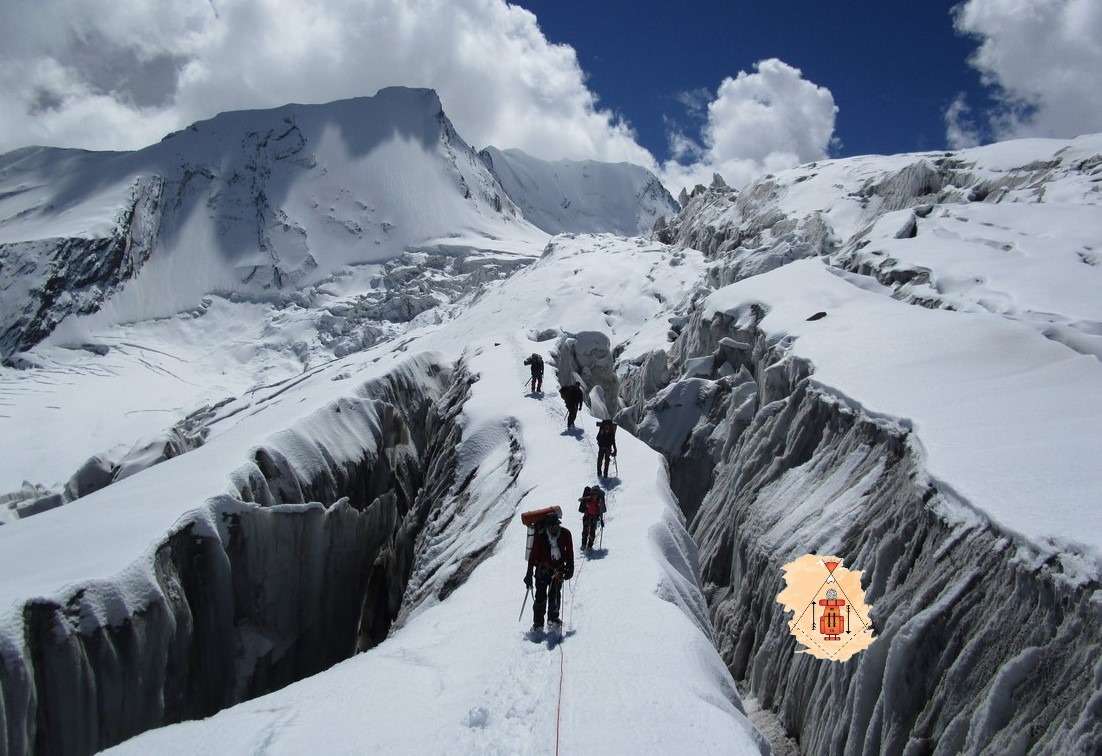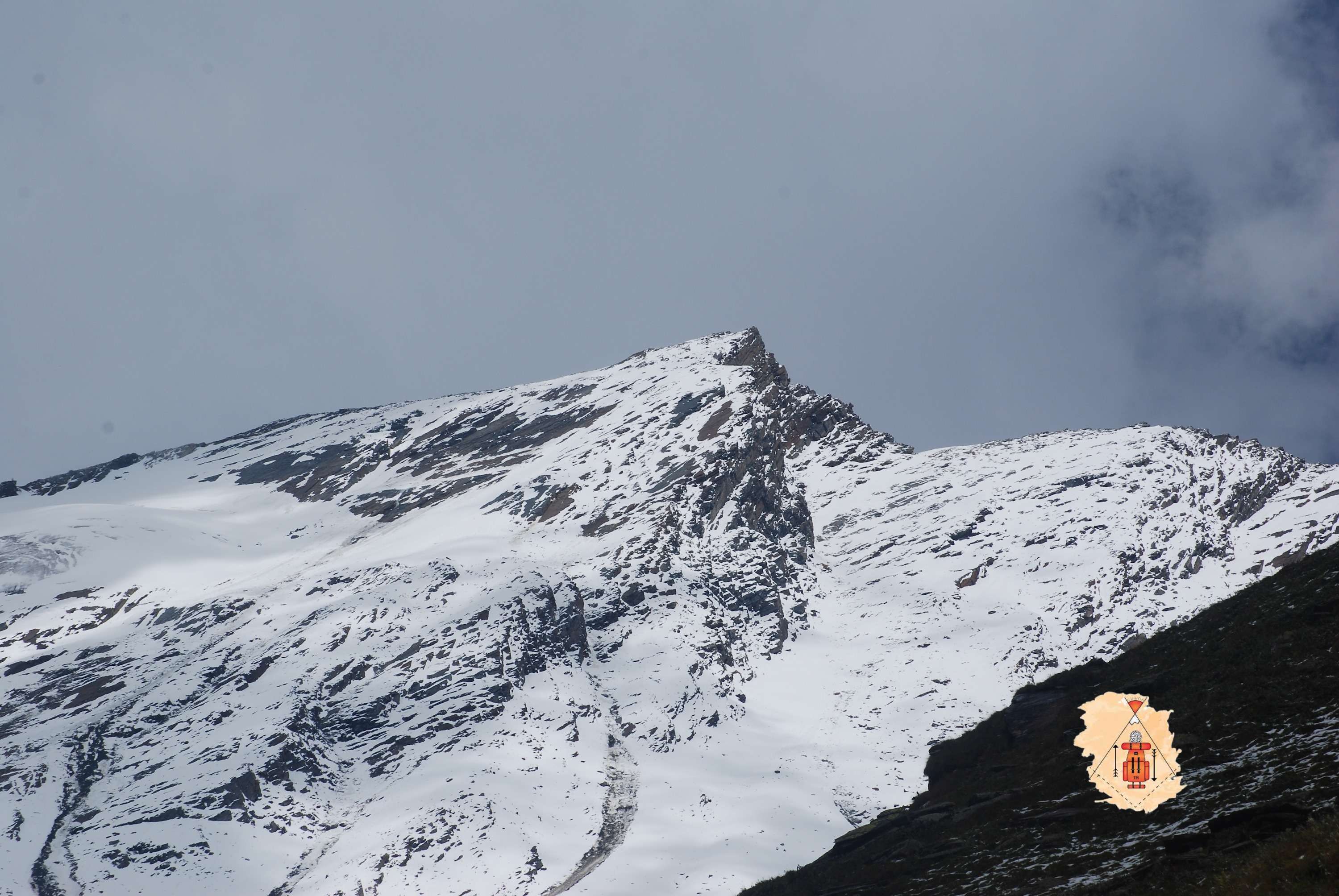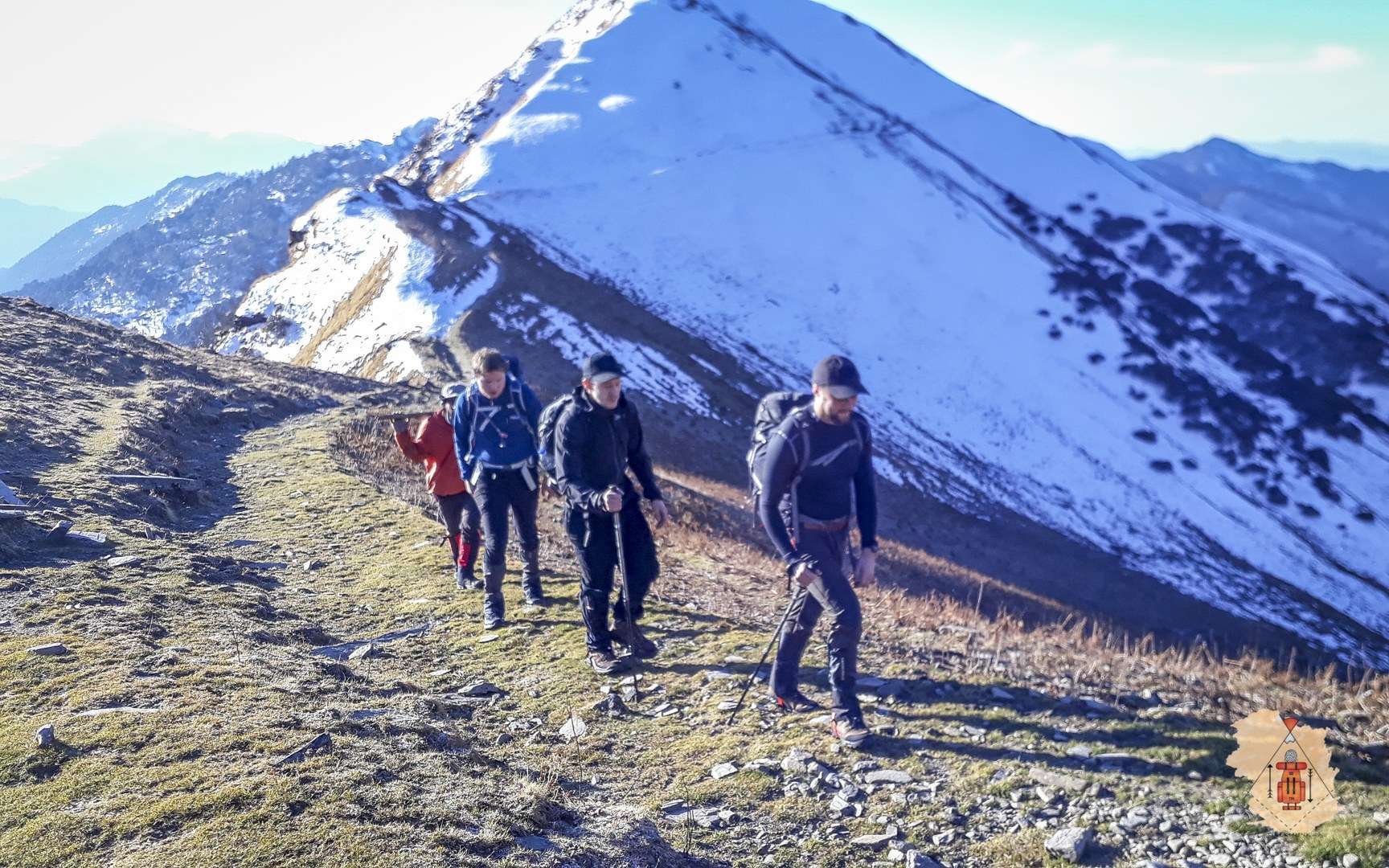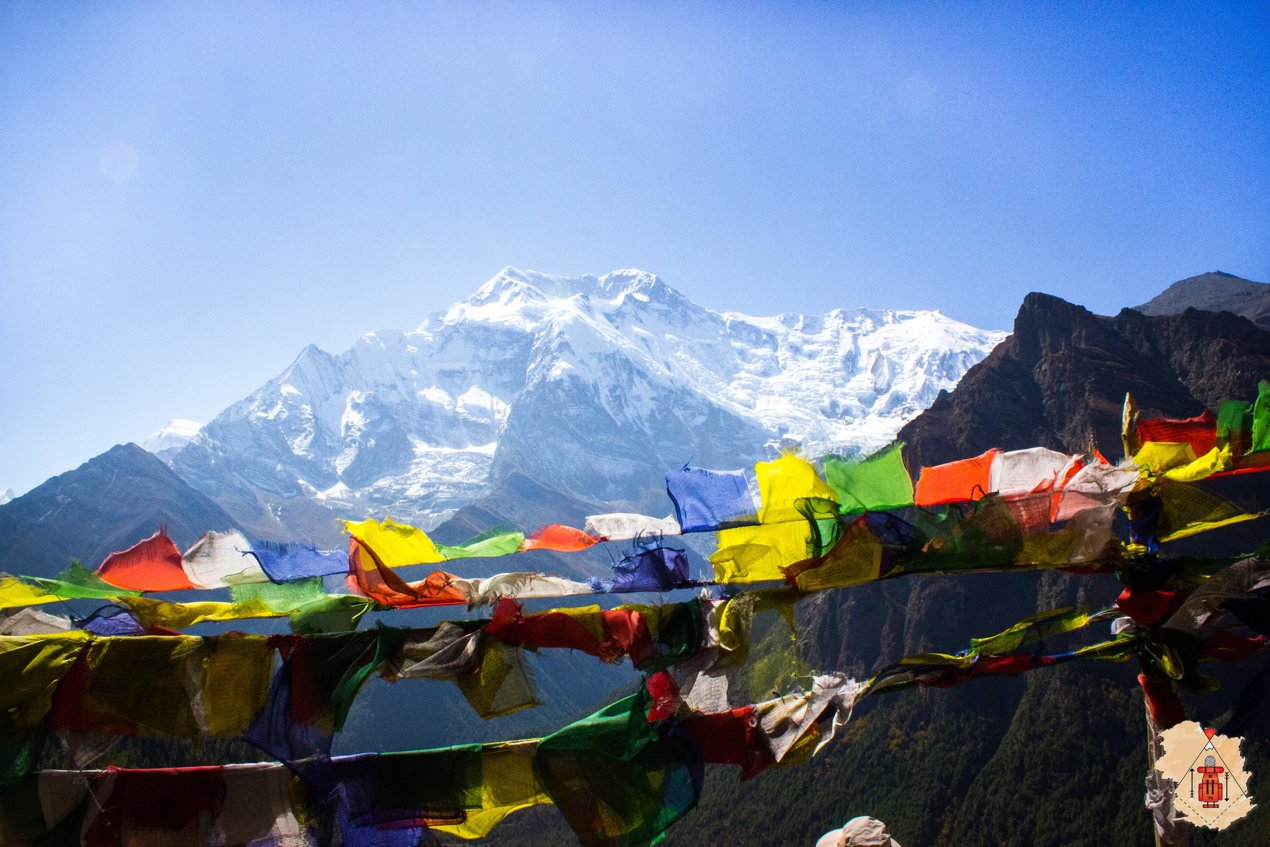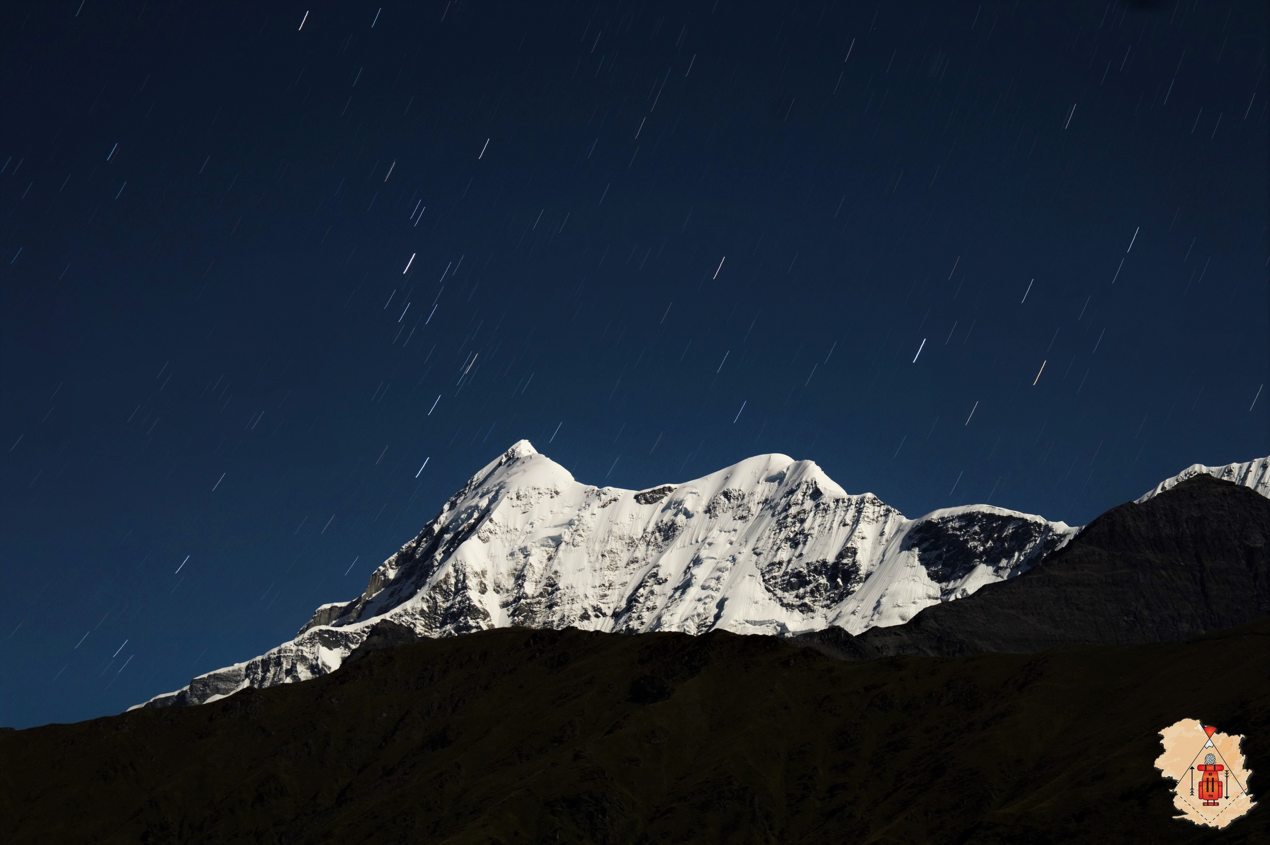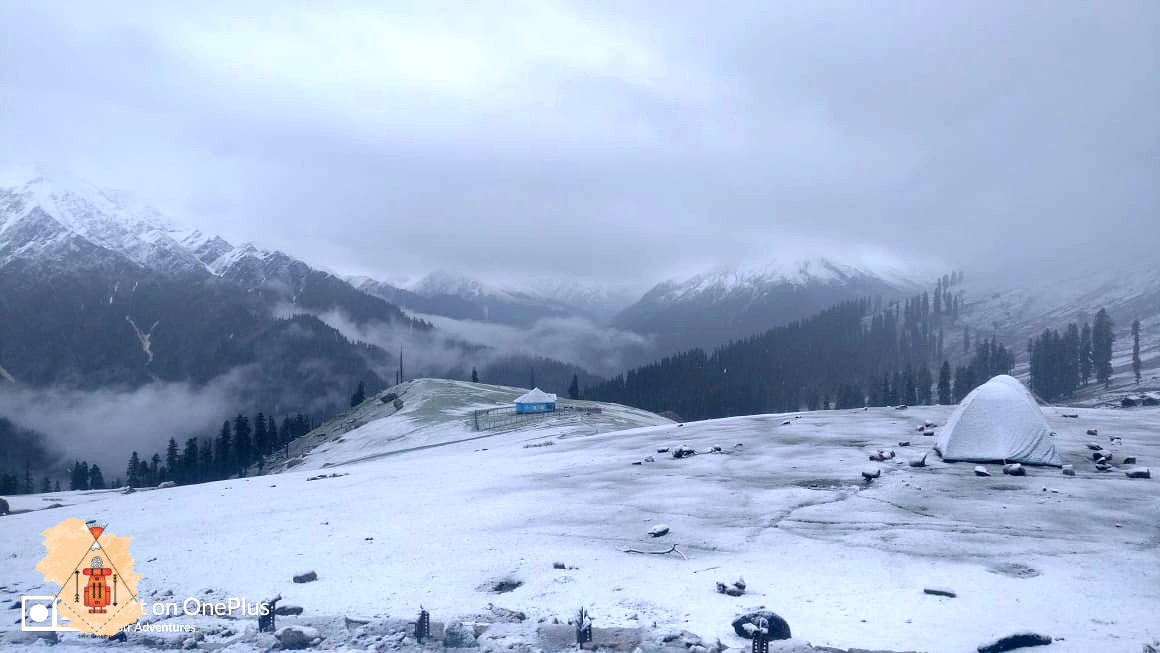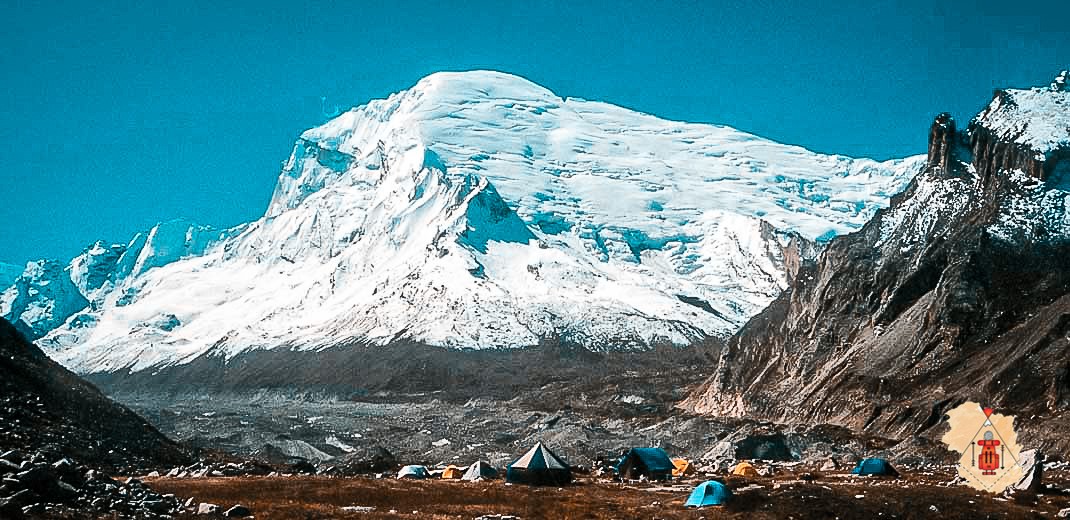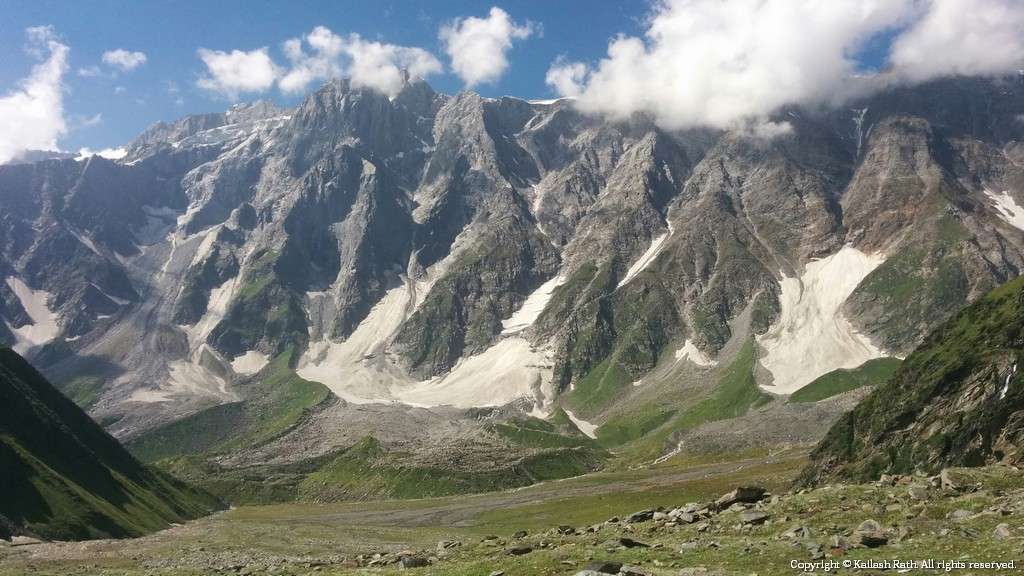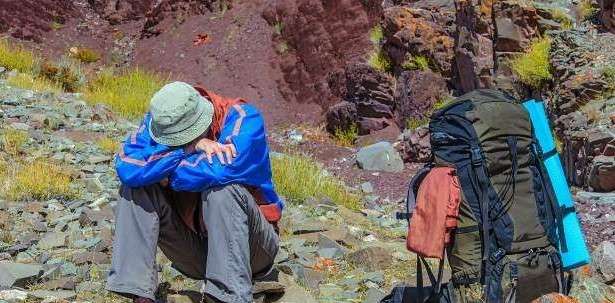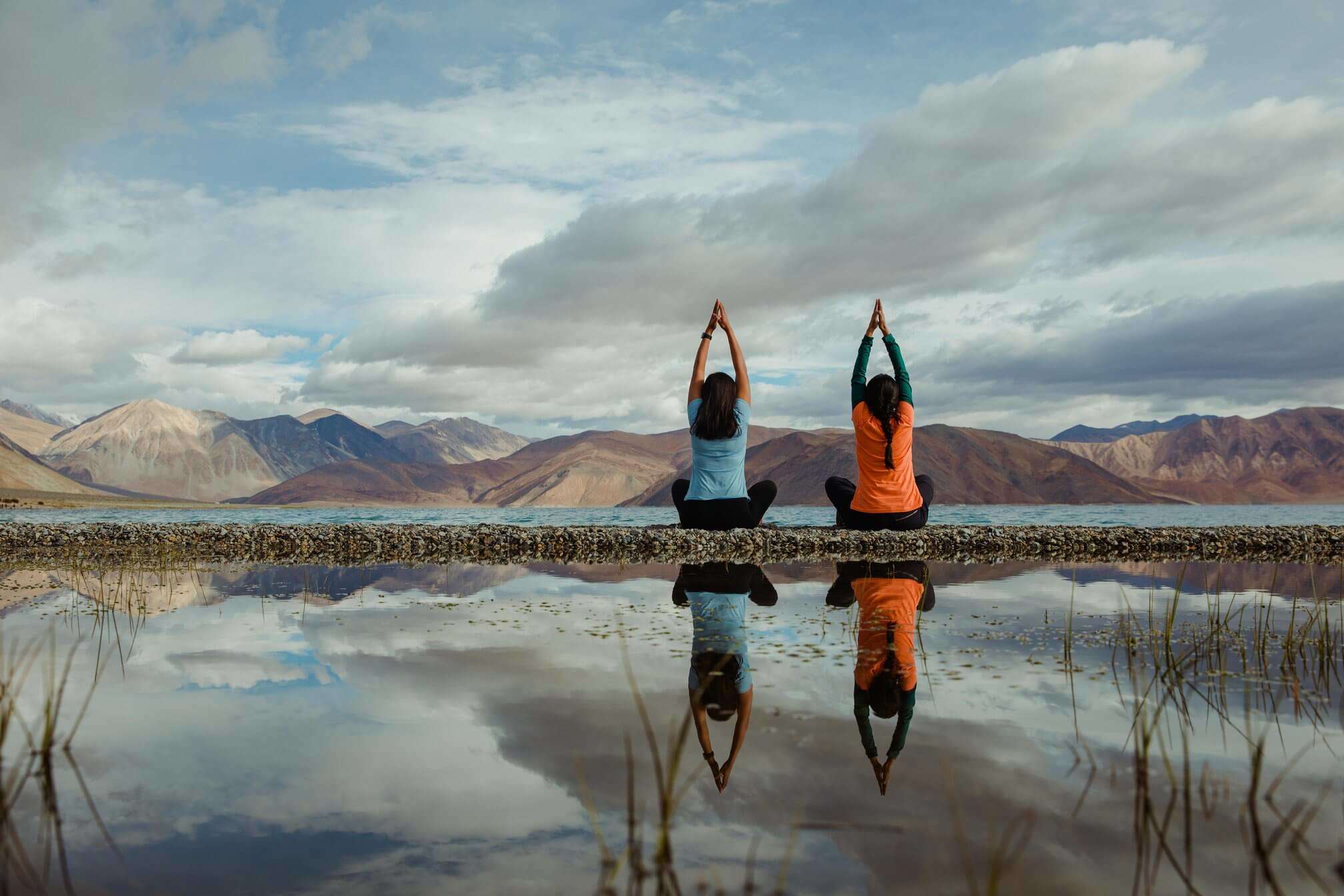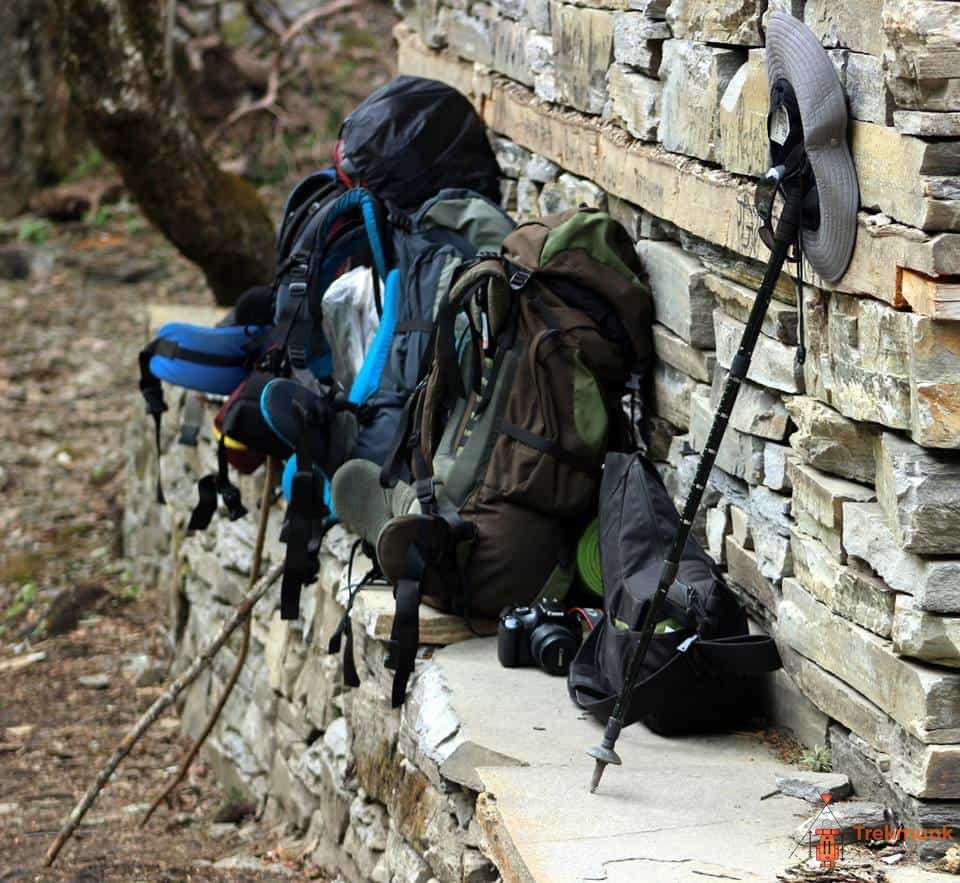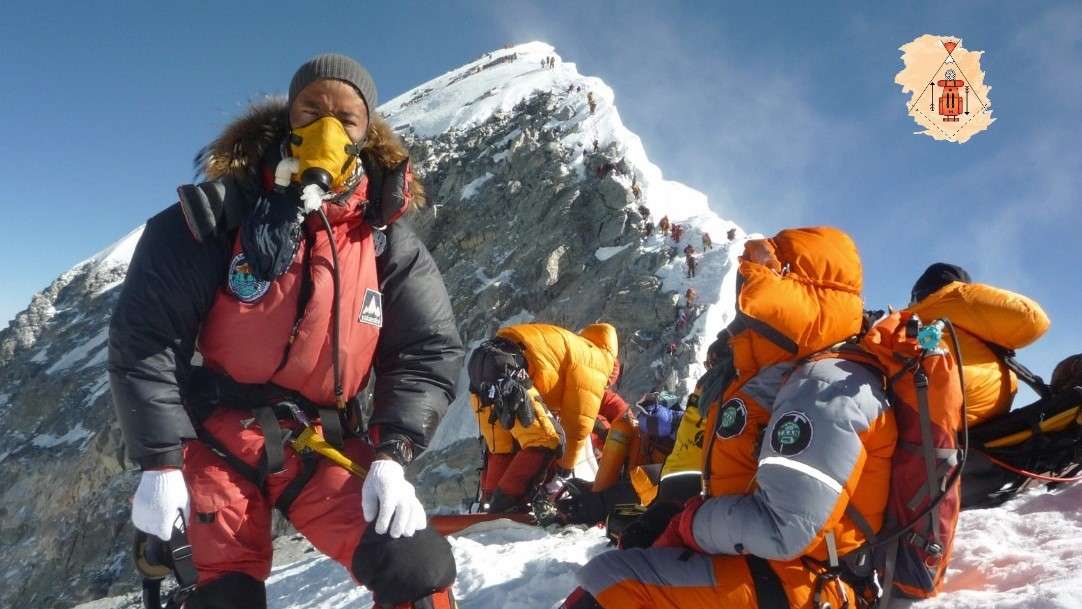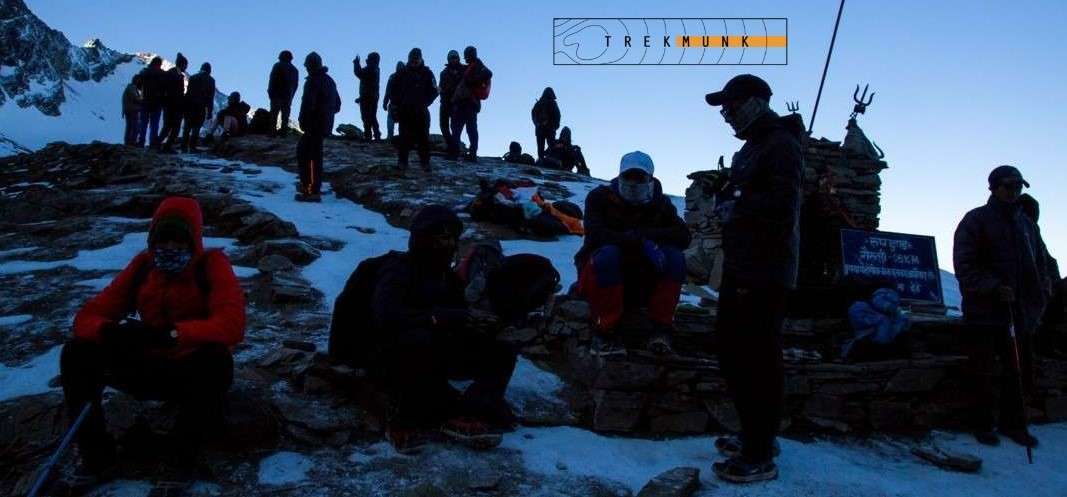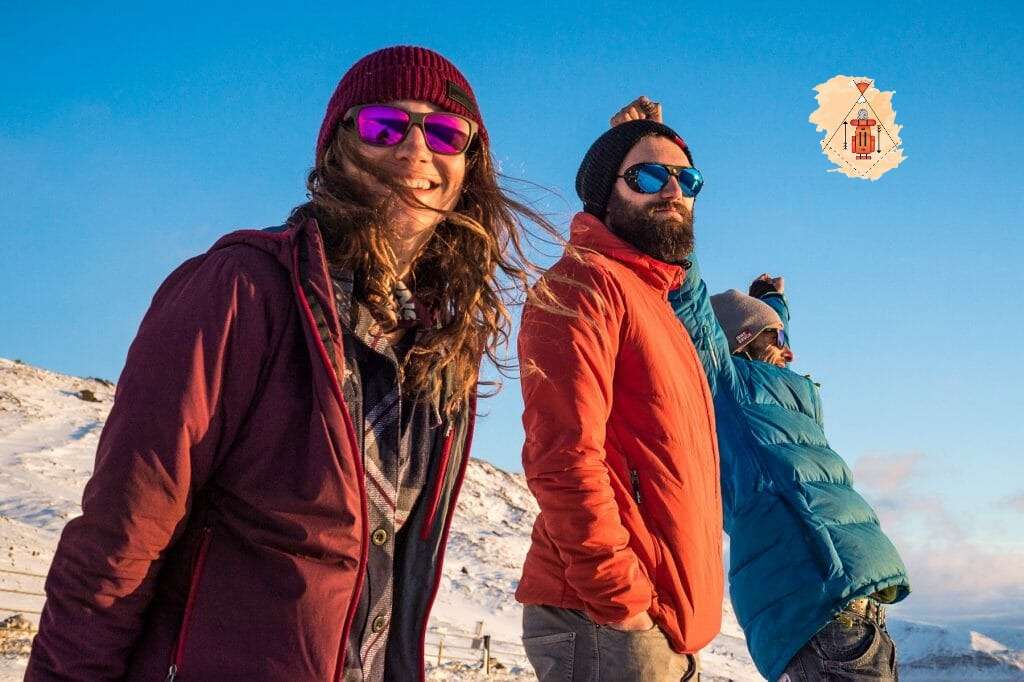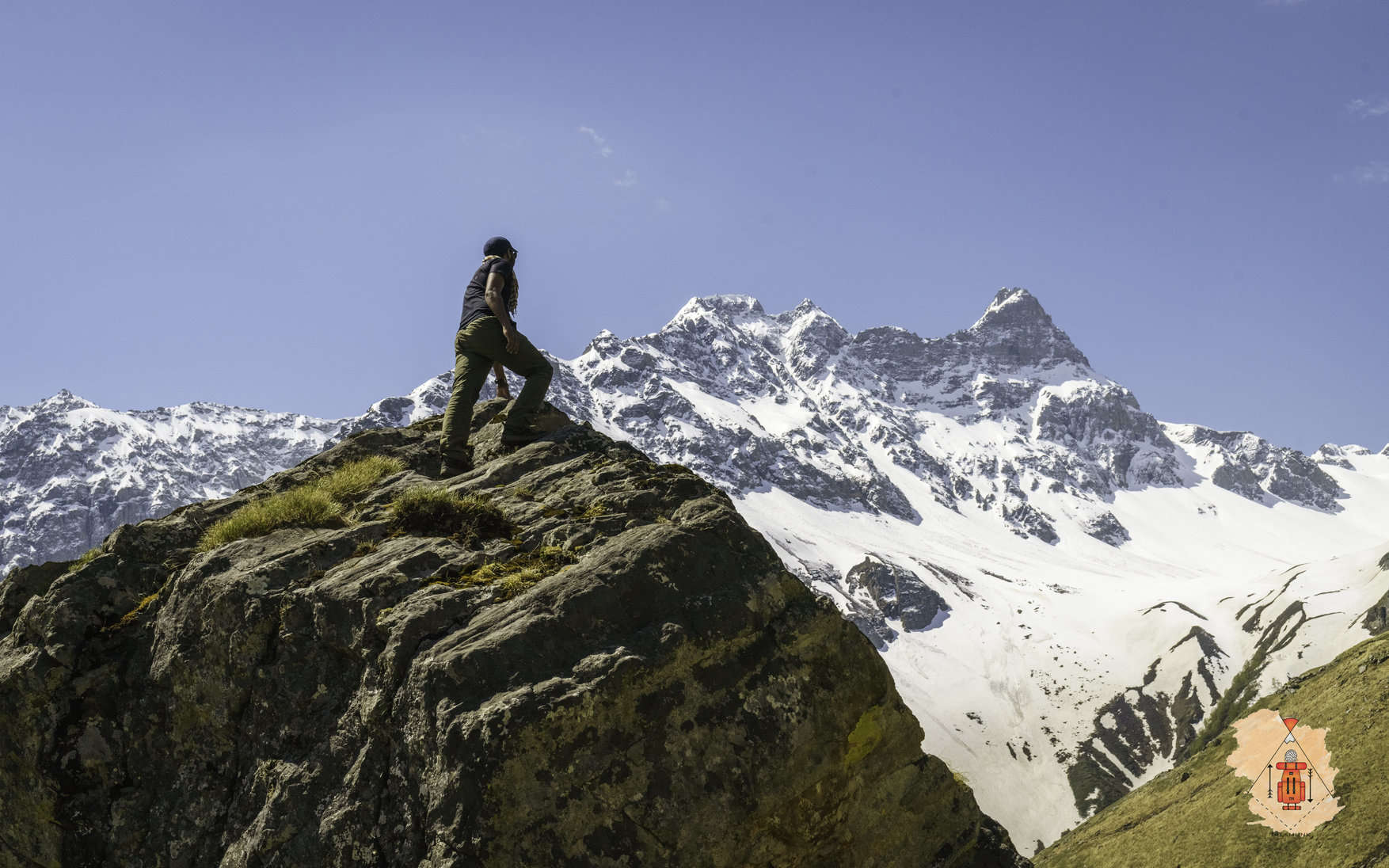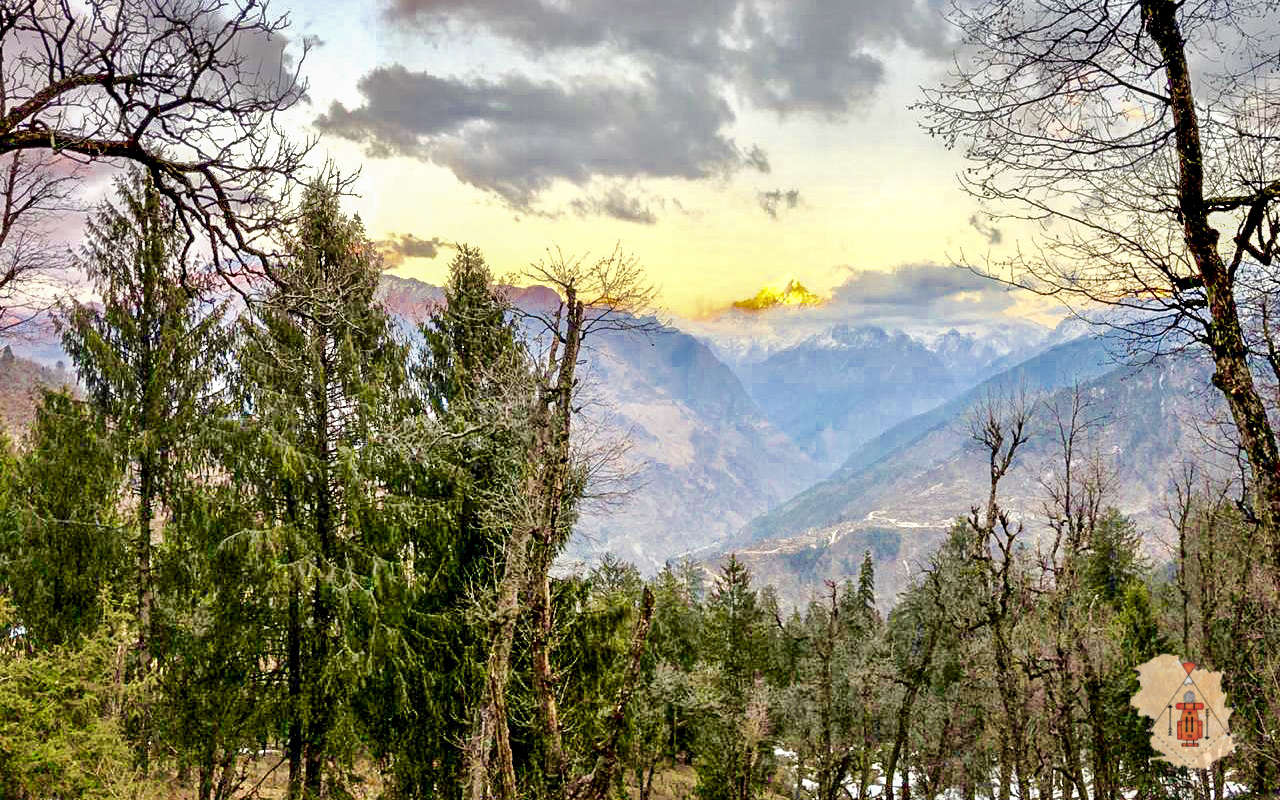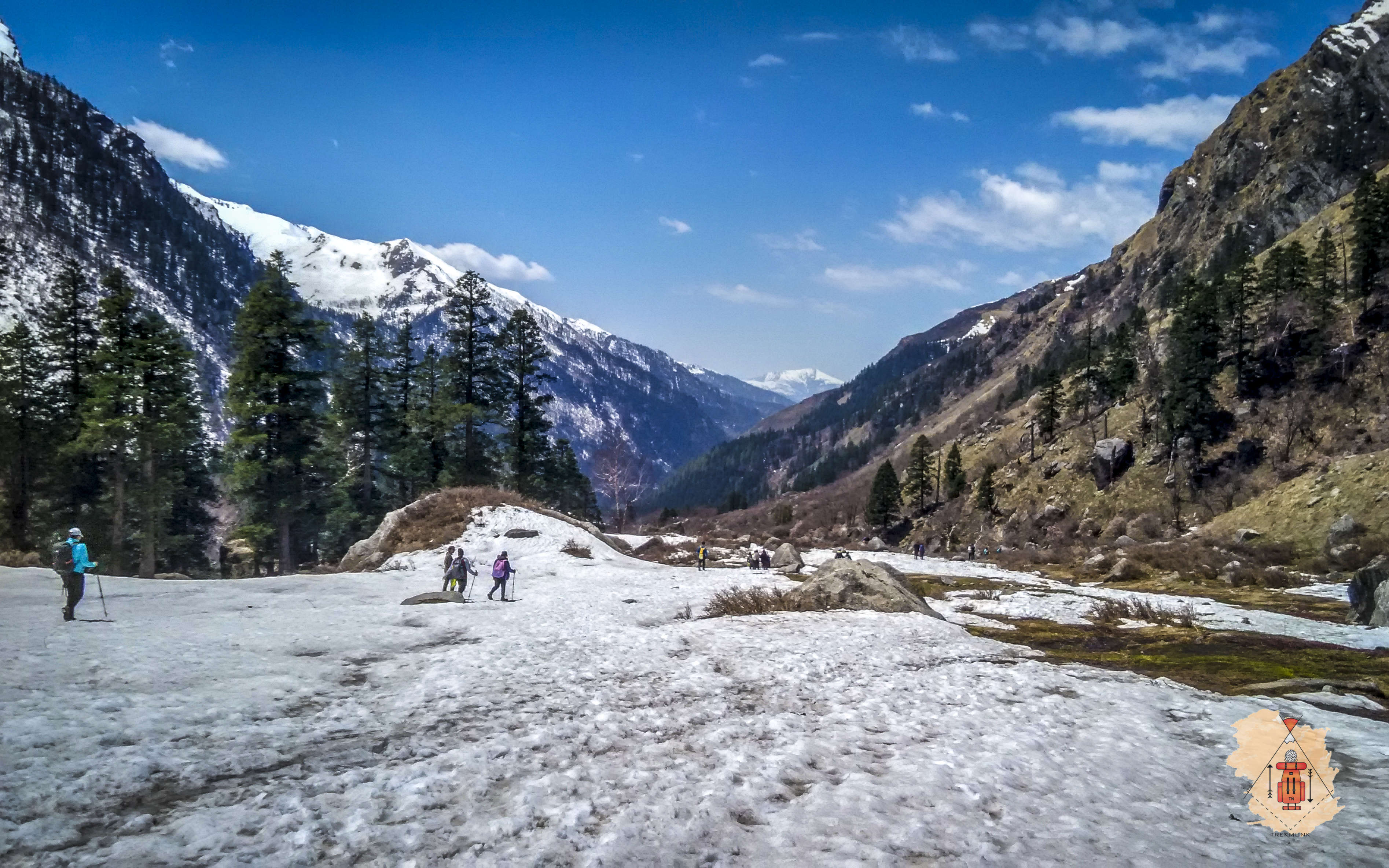Say Hello!
Sign In
How to Get fit for a Himalayan Trek?
Your bags are packed and you’re ready to go! If you’re under the impression that that’s all a trek requires of you, we’re here to set that right. If you equate ‘trekking’ with simply ‘walking’, it may come as a bit of a shock to you that it couldn’t be further from the truth. Yes, the excitement might be a bit overwhelming, but let’s not overlook the fact that trekking essentially means extended periods of walking in various weather conditions, on varying types of terrains. You’ll want to make sure that you’re well prepared to face the challenges head-on.
Why prepare well in advance for the trek?
Not only does your body need to exert itself while trekking, but it needs to do so with decreased levels of oxygen supply, considering the high altitude. If you’re physically and mentally prepared for the trek, you can rest assured that it will bring you some of the most priceless memories of your life. Unprepared trekkers, on the other hand, are not only left with a sour trekking experience but also risk dampening the spirits of fellow trekkers. Besides, you will barely get any time to appreciate the beautiful vastness of nature, amidst all that frantic searching for a resting spot, catching your breath.
Not to mention, you’ll be trekking with a moderately heavy backpack, unless you choose to offload. Carrying the lightest of loads can become a strain, after a while. An extensive fitness regime can help you build up endurance.
Trekking requires good cardiovascular endurance and physical stamina. Good fitness also means faster and better acclimatization, considering that your body is conditioned to deal with the lower level of oxygen.
Now, we realize that it all sounds a bit intimidating, but don’t worry too much. We’re here to ease you into the preparation process. Here are some tried and tested fitness tips and schedules we recommend.
1. BMI Range
You’ll want to keep a tab on your Body-Mass Index (BMI). BMI is essentially an absolute number that compares your height and body weight and determines whether you’re underweight, normal, overweight, or obese. If your BMI falls under the normal category, that’s a good sign. If not, it is advisable to consult a physician before booking your trek. Check your BMI below:
BMI Categories:
Underweight = <18.5
Normal weight = 18.5–24.9
Overweight = 25–29.9
Obesity = BMI of 30 or greater
Normal weight = 18.5–24.9
Overweight = 25–29.9
Obesity = BMI of 30 or greater
BMI CALCULATOR
Imperial
Metric
2. Aerobic / Cardiovascular Endurance
Engage in aerobic exercises like running, cycling, swimming, stair climbing, etc. It strengthens your heart muscles, while also making your sure lungs are healthy. Aerobic activities also improve breathing and circulation, in addition to toning your muscles and bones. It also conditions your body to function normally, even with decreased oxygen levels at high altitude. Good aerobic endurance also aids acclimatization and also keeps the body warm against the cold. Maintain a healthy pace when you workout. If you overexert yourself, you put your body at risk of injuries.
3. Strength Training
In addition to good cardiovascular endurance and stamina, you also need to work on your muscles. Target the shoulder, arm, back, core, and leg muscles. Regular strength makes your body more flexible and resilient. It lowers your chances of injuring your muscles on the trek considerably. Besides that, it also gives you a healthy body posture. Don’t forget that you have a heavy backpack to carry throughout the trek, for which you need strong shoulder and back muscles. When you’re trekking on an incline, your knees, calves, hips, hamstrings, and back muscles share the stage. When descending, your knees bear the maximum toll. See what we’re getting at?
4. Climb stairs with a load
A good way to get a brief taste of what high altitude trekking means, try climbing up and down the stairs with a 4-6 kg rucksack strapped to your back. You’re trying to replicate the setting of a trek, minus the high altitude and freezing cold, of course. If you can, do a one-day trek in your neighboring hills with your backpack. This way, you won’t be overwhelmed when you actually begin your high altitude trek.
5. Hydrate
Dehydration is one of the surest ways of falling ill on a trek. It also gives altitude sickness an easy entry into your body. Stay well hydrated. Drink at least 4-5 liters of water every day. Thirsty or not, make efforts to keep sipping water every now and then. Even about 2-3 days prior to the trek, keep yourself hydrated.
6. Sleep
When trekking at high altitudes, your body asks for a minimum of 8 undisturbed hours of sleep. Do not go to sleep hungry. If you have trouble sleeping, inform your trek leader. A good night’s sleep is a sign of good health. Not only will it keep you healthy, but also more cheerful throughout the day.
If you have any doubts, Call us on +91-8800332031 or Mail us.

